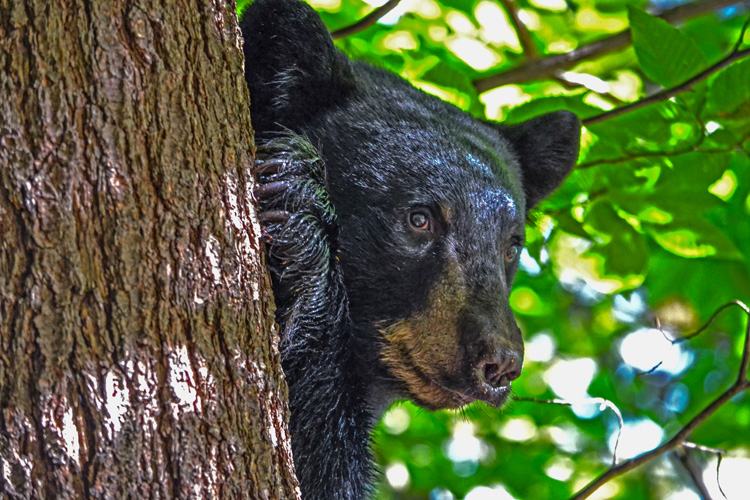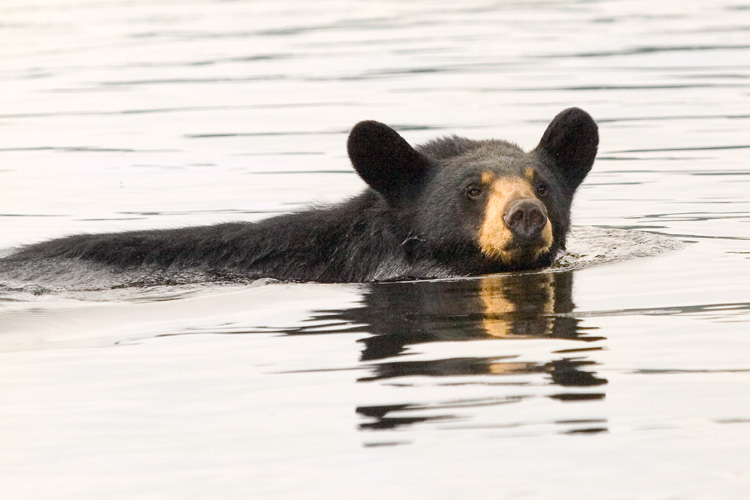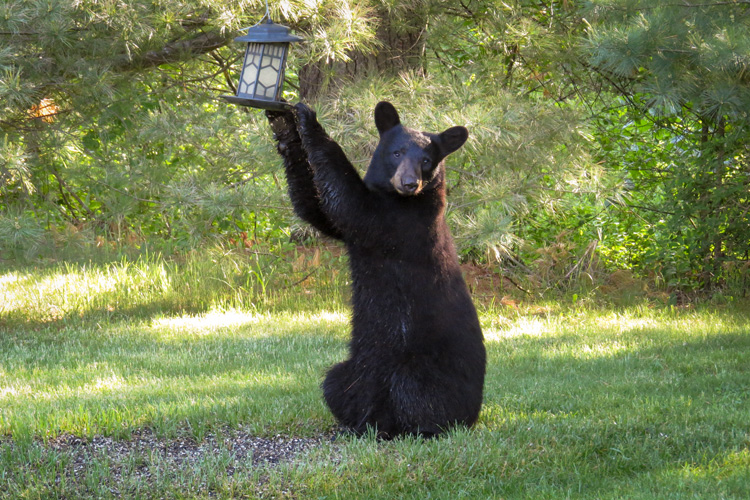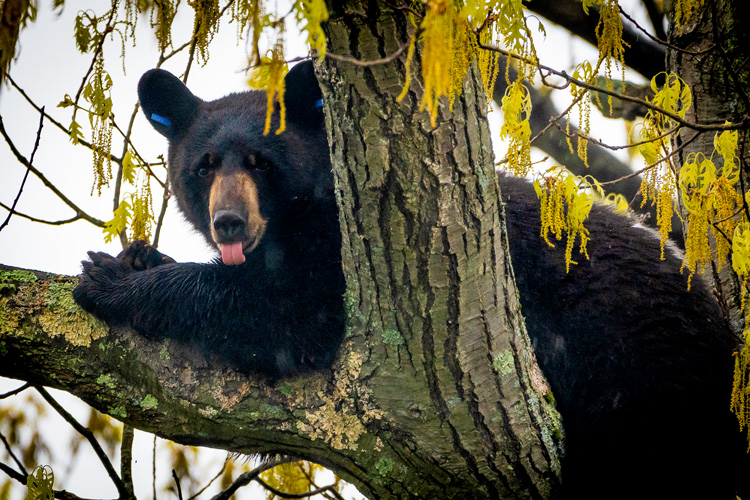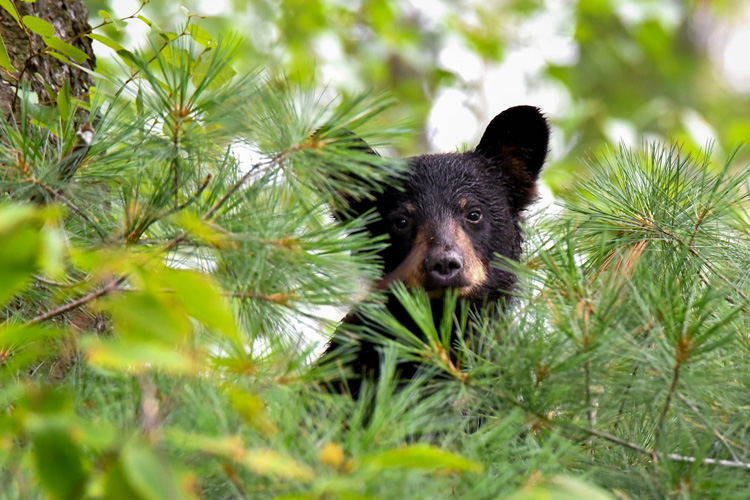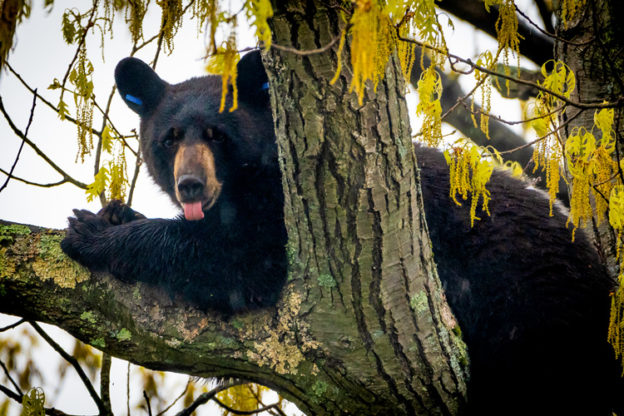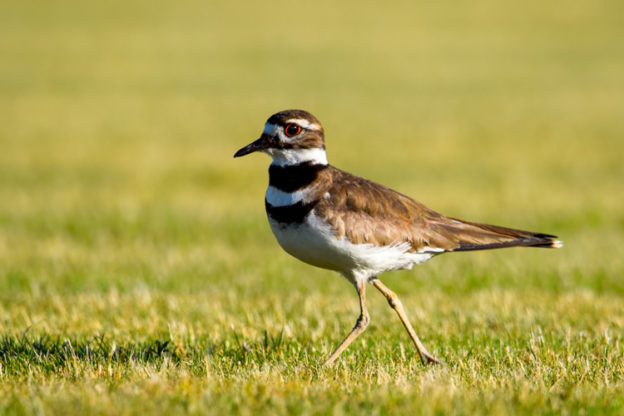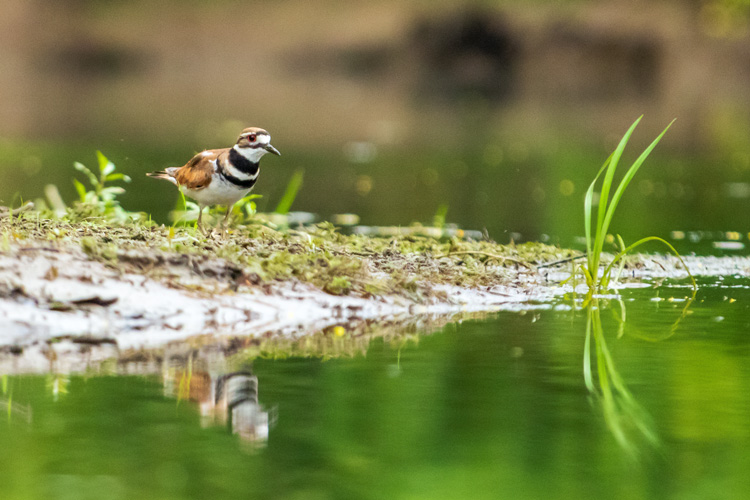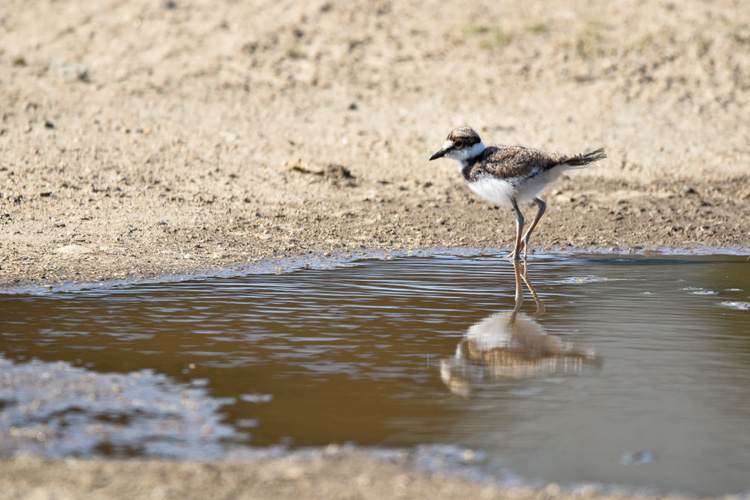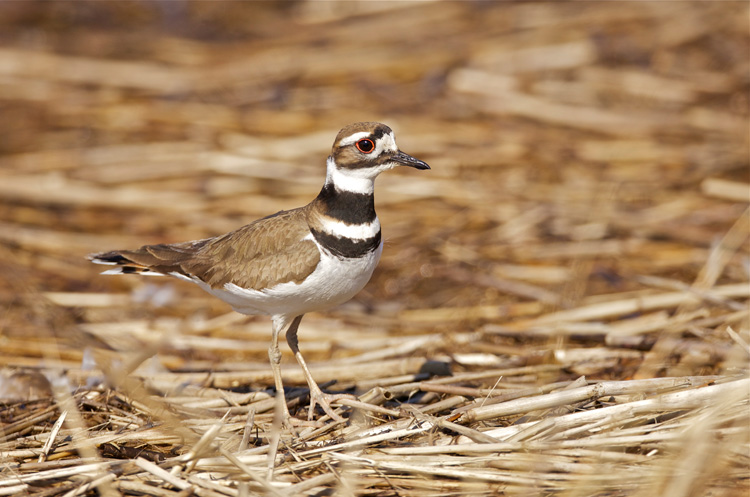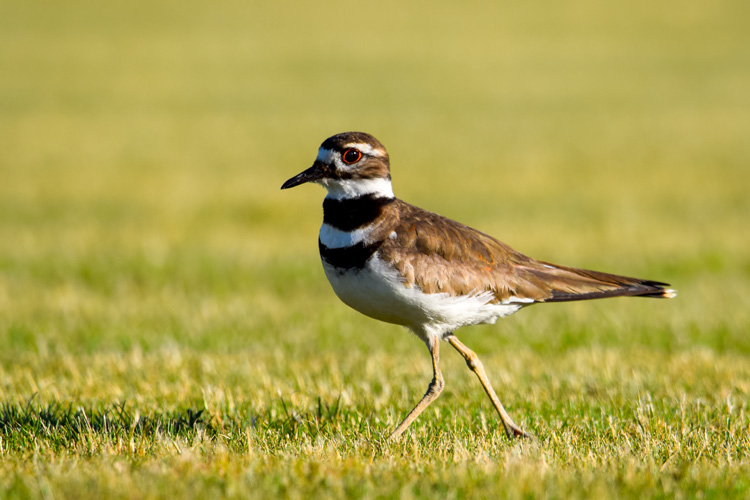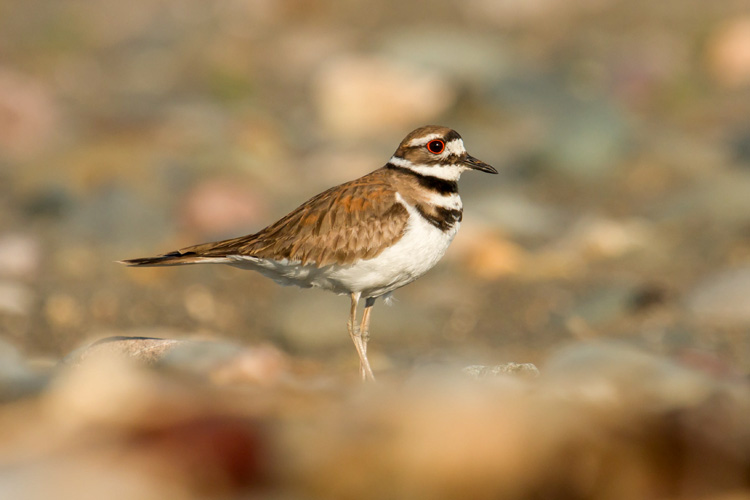There is only one bear species that makes its home in Massachusetts: the handsome Black Bear (Ursus americanus). Although they are the largest meat-eating mammal in the state, reaching up to 500 pounds, Black Bears also enjoy berries, nuts, seeds, flowers, fruits, and succulent grasses (including corn), as well as garbage.
After hibernating through the winter, Black Bears are beginning to emerge from their winter sleep around the beginning of March, and they are hungry. You would be too if you’d been living off your stored body fat for months! Birdseed is a delectable and calorie-dense treat for hungry bears and they have excellent memories, so if you live in an area with bears, you might want to take down your bird feeders before the bears find them.
Unfortunately, conflicts between people and bears are becoming more commonplace as land is developed in or near bears’ preferred habitats. As black bears lose their preferred feeding and denning sites to development, they must move greater distances to find food (and often in residential areas). Learn more about bears on our website, including how to keep them away and what to do should you encounter one.
Here are five fantastic photos of bears and their “bare necessities” from our annual Picture This: Your Great Outdoors photo contest.
